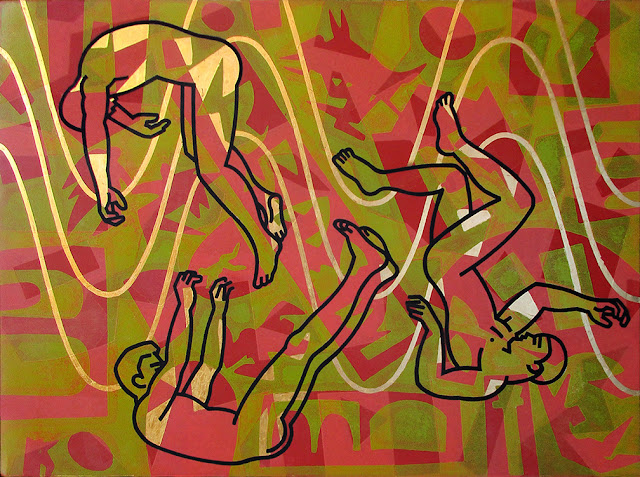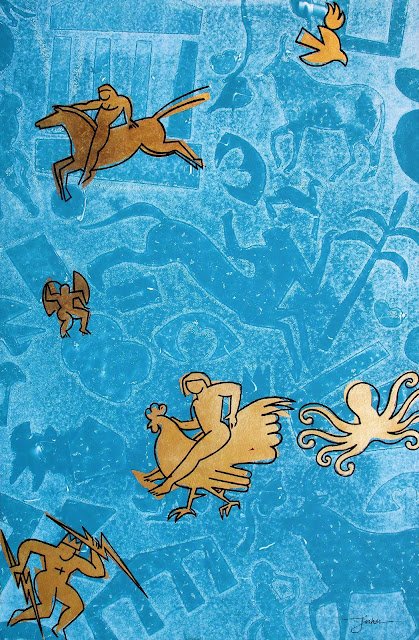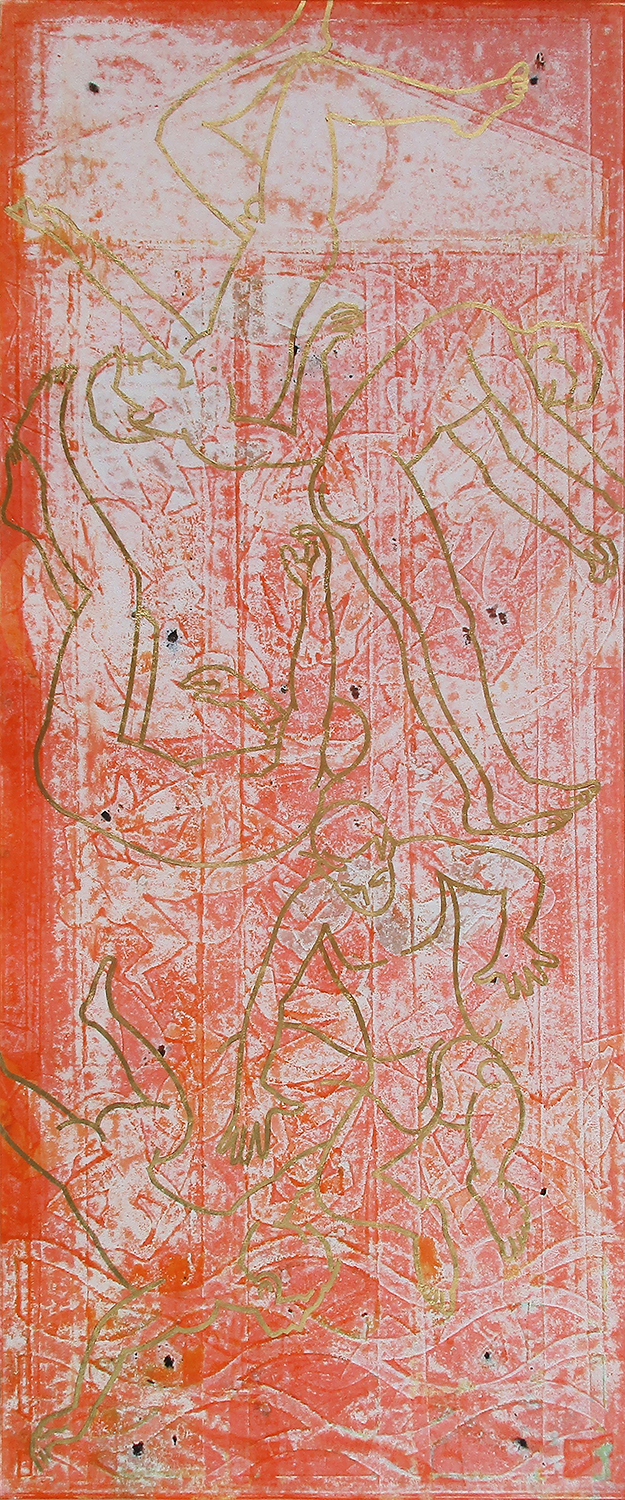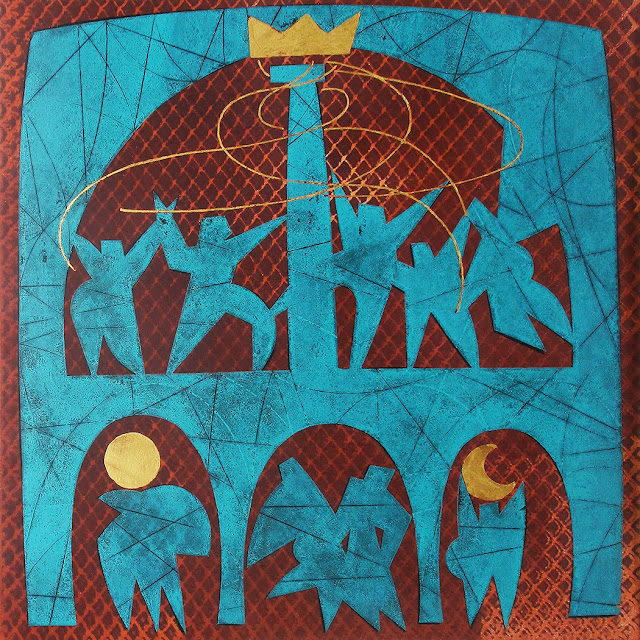The Temple of the Winds
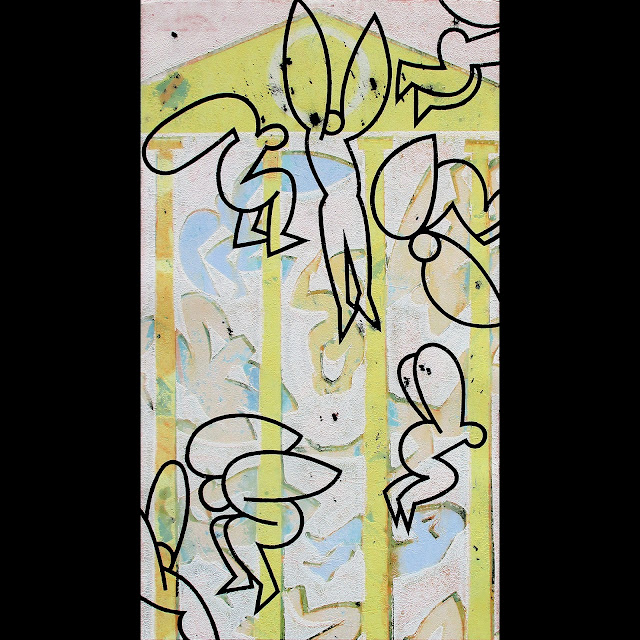
The Temple of the Winds, monotype print 1/1, Brian Fisher Not so very long ago humans anthropomorphized and deified elements of nature. Would that we still respected and recognized our symbiotic relationship to nature instead of attempting to monetize our very existence. The “answer my friend” to climate change depends on you and me. Elect representatives to government that will affect responsible climate policy. Please. My monotype print “Temple of the Winds” has its inspiration in the myths of the Anemia, the four winds and their children associated with Earth's cycle of seasons and once worshiped as: Boreas the North-Wind, Zephyrus the West-Wind, Notus the South-Wind, and Eurus the East-wind. You can check out my monotype print, “The Temple of the Winds”, Studio #21, during the VIVA, Holiday Studio Tour. This Vashon art studio tour is self guided with 38 studios & galleries, featuring 115 local artists. Decemb...

